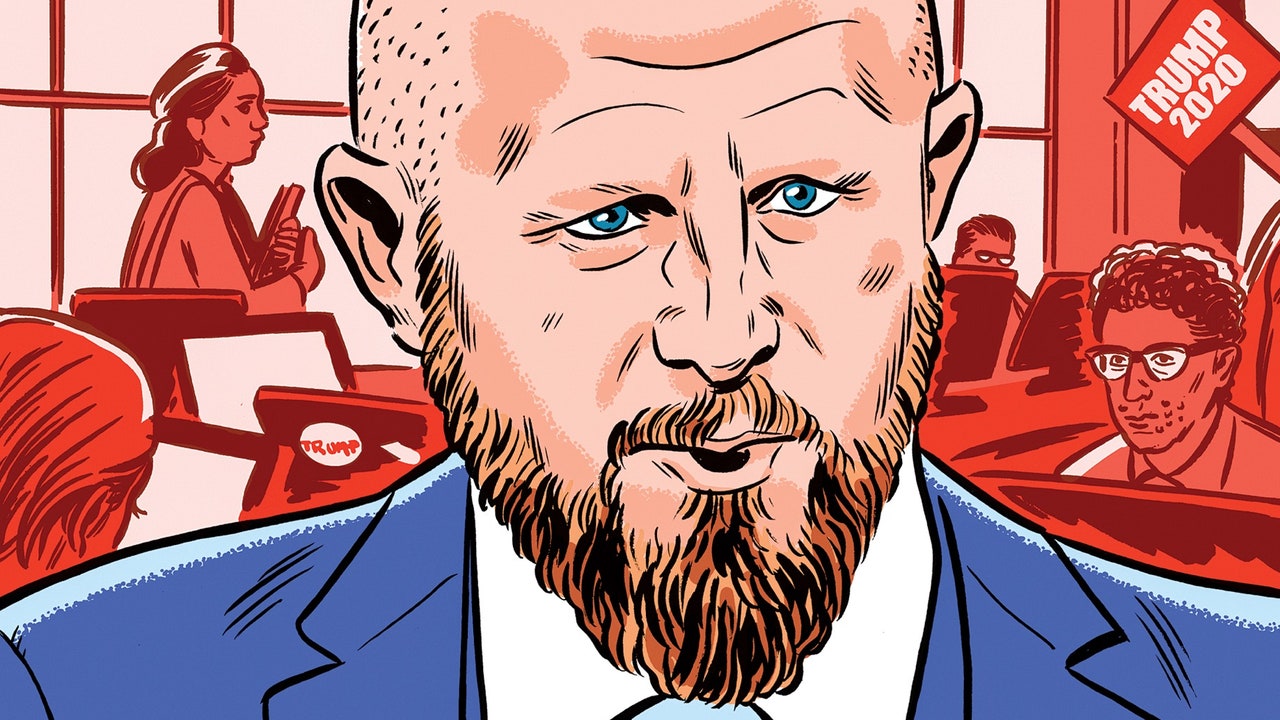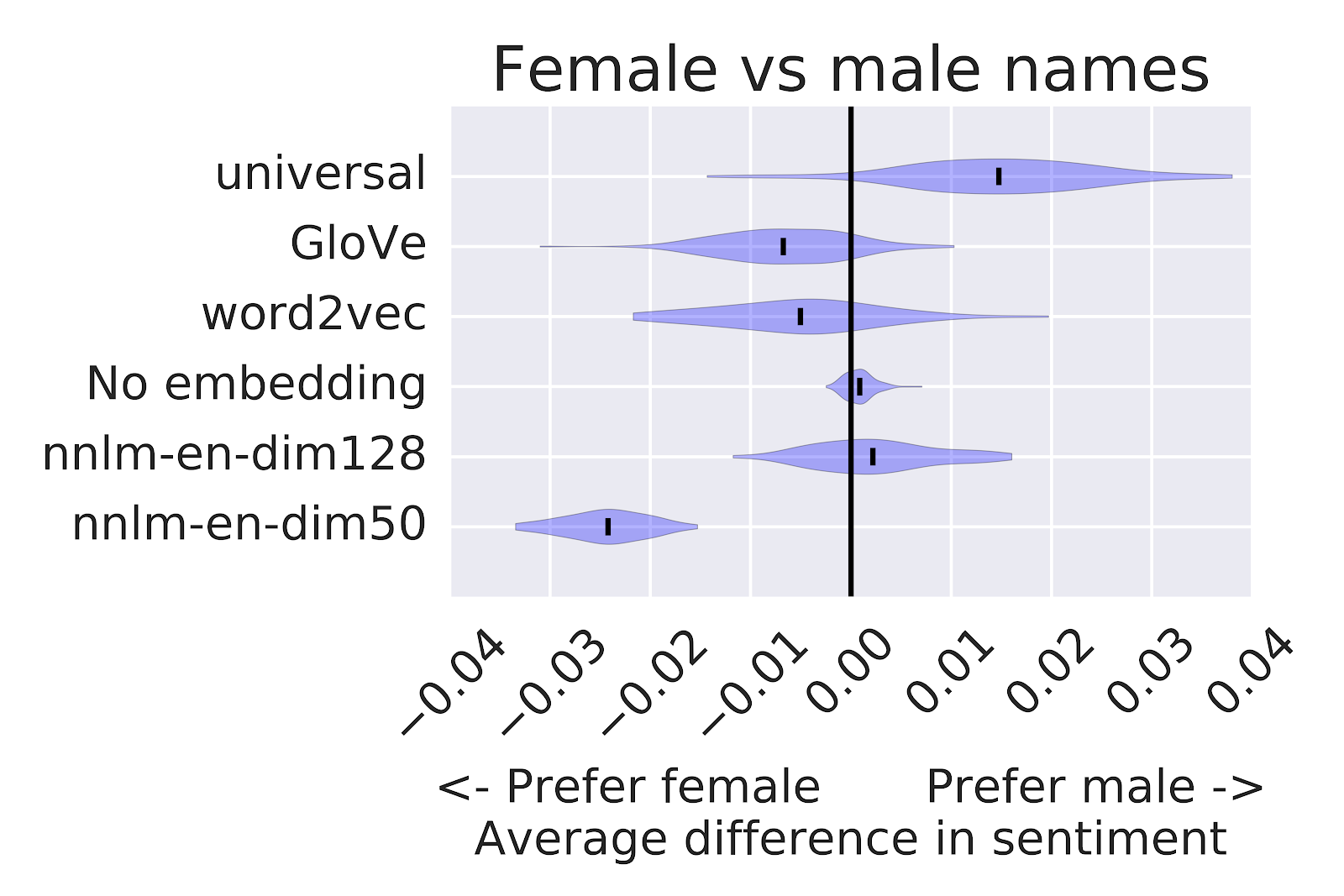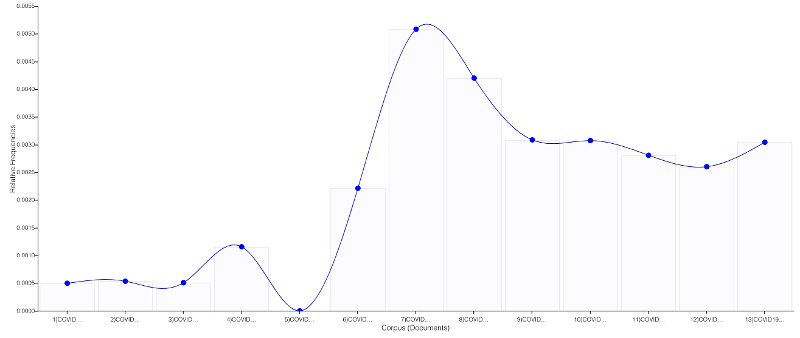Brad Parscale used social media to sway the 2016 election. He’s poised to do it again.
I just finished reading important reporting about The Man Behind Trump’s Facebook Juggernaut in the March 9th, 2020 issue of the New Yorker. The long article suggests that it wasn’t Cambridge Analytica or the Russians who swung the 2016 election. If anything had an impact it was the extensive use of social media, especially Facebook, by the Trump digital campaign under the leadership of Brad Parscale. The Clinton campaign focused on TV spots and believed they were going to win. The Trump campaign gathered lots of data, constantly tried new things, and drew on their Facebook “embed” to improve their game.
If each variation is counted as a distinct ad, then the Trump campaign, all told, ran 5.9 million Facebook ads. The Clinton campaign ran sixty-six thousand. “The Hillary campaign thought they had it in the bag, so they tried to play it safe, which meant not doing much that was new or unorthodox, especially online,” a progressive digital strategist told me. “Trump’s people knew they didn’t have it in the bag, and they never gave a shit about being safe anyway.” (p. 49)
One interesting service Facebook offered was “Lookalike Audiences” where you could upload a spotty list of information about people and Facebook would first fill it out from their data and then find you more people who are similar. This lets you expand your list of people to microtarget (and Facebook gets you paying for more targeted ads.)
The end of the article gets depressing as it recounts how little the Democrats are doing to counter or match the social media campaign for Trump which was essentially underway right after the 2016 election. One worries, by the end, that we will see a repeat.
Marantz, Andrew. (2020, March 9). “#WINNING: Brad Parscale used social media to sway the 2016 election. He’s posed to do it again.” New Yorker. Pages 44-55.







